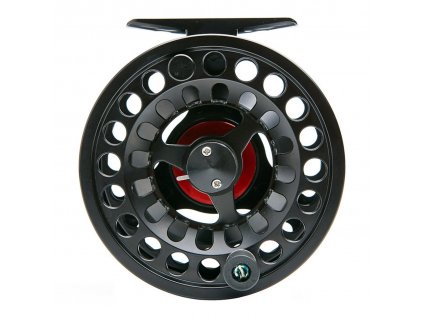Scott Sector Fly Rod
Code: SCT_S_84/6 SCT_S_84/8 SCT_S_84/10 SCT_S_84/13 SCT_S_84/15 SCT_S_810/7 SCT_S_810/8 SCT_S_810/9 SCT_S_810/10 SCT_S_810/11 SCT_S_810/12 SCT_S_90/6 SCT_S_90/7 SCT_S_90/8 SCT_S_90/9 SCT_S_90/10 SCT_S_90/11 SCT_S_90/12 Choose variant


Related products
Product detailed description
Scott Fly Rod Company introduces the all new Sector series of high performance, hand crafted saltwater fly rods.
Sector rods advance on Scott’s award-winning Meridian series to bring you a new level of performance and reliability in saltwater fly rods.
Scott combined all the proven technologies in Meridian rods with new tapers, new components and their all new Carbon Web technology.
Scott Carbon Web increases torsional stability and durability by encasing unidirectional fibers in a web of ultra-light multi-directional carbon fiber.
These fibers help counteract torsional forces giving you better tracking and positive long ling pickups for redirecting casts. They also help to reduce the propagation of micro fractures from stress and impact that can easily run in unidirectional layups and lead to failure.
Sector rods are fit with newly designed components that defy harsh saltwater environments:
They feature all new Ceracoil stripping guides with nickel titanium frames and highly polished Zirconia inserts along with Recoil nickel titanium snake guides for low friction and corrosion free performance. The guide sets are PVD coated in a low reflective coating for even greater durability and stealth.
The reel seat is milled from aircraft grade aluminum, featuring self-indexing slide hoods, extra deep knurling to easily turn lock rings with wet hands, type 3 mil-spec hard coat in non-reflective flat black, and line weight engravings for quick rod identification in boat racks.
Flor grade cork grips are turned to Scott’s modified wells shape in a saltwater appropriate length and diameter, and the new fighting butts feature a thick softer rubber for greater comfort in tough fights.
The ocean side tarpon slayer. If you’re targeting tarpon in crystal clear shallow water with long leaders and small flies, this is the tool to deliver the goods. With plenty of power to beat powerful fish, but enough touch to lay the line down gently.
This is also the rooster, albie, jack and striper rod of choice. Planning a heaving day off Montauk, some quality beach time in Baja, a few days West of Key West, or a trip off of Jupiter? Be sure to have this rod in hand.
Assembly and Disassembly
Grasp the opposing rod sections close to the ferrule without touching the guides and firmly push them together with a downward twisting motion until the sections are aligned and tightly seated. Disassemble by pulling and twisting apart with your hands close to each ferrule but not touching the guides. Internal ferrules should have a 1/8-1/2 inch gap between sections to allow for proper flex and wear.
Effects Of Water On Your Rod
Your rod is made to perform on the water and is designed to get wet. It is not made to withstand storage while wet. Always completely dry your rod before storing it. Otherwise, you will have mildew, mold, damage to the finish, and/or corrosion on your rod next time you take it out of its case. Always rinse your rod with freshwater and dry thoroughly if you’ve used it in salt water.
Preventing Rod Breakage
Avoid hitting your rod with hard or sharp objects like tree branches, weighted flies, split shot, or rocks. This can either break the rod or cause damage that will lead to breakage. When fishing sinking lines, casting in windy conditions or using roll casts and spey style casts, periodically check the sections of your rod to make sure they are still assembled tightly and properly aligned. If the sections are not fit tightly, it’s possible to break the rod during a cast or while fighting a fish. When fighting and landing fish, avoid rod angles greater than 45-50 degrees. Never lift a fish so that the butt of the rod is pointing at the fish (high sticking) or use your hand to lift fish from the middle of the rod. To dislodge a snagged fly, point the rod directly at the snag and pull back on the line until the fly dislodges or the tippet breaks. It is much less expensive to lose a fly than to break a high performance hand crafted rod. When stringing your rod, fold the end of the fly line in two and pull it and the leader straight through the guides without bending the rod. The tip of your rod is the most vulnerable section as it is fine in diameter, light weight and usually nine or more feet away from you. Most fly rods are broken in car doors, windows, ceiling fans, vacuum cleaners, pets, or just about anything other than actual fishing. Extra awareness when moving with your rod assembled or setting it down will extend its life. Please take good care of your rod, and it will take good care of you.
Be the first who will post an article to this item!
Be the first who will post an article to this item!

















